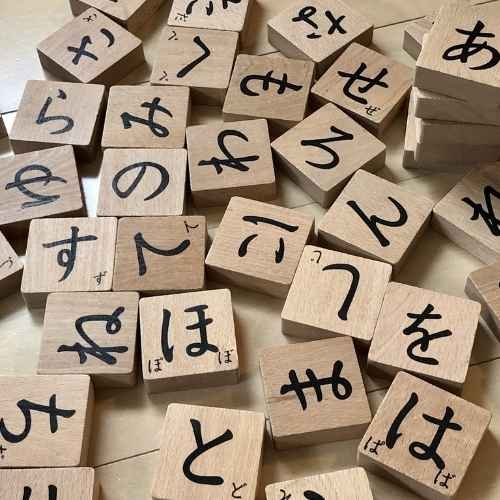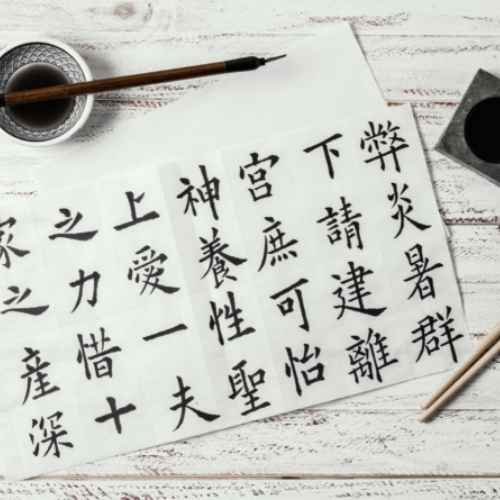
Learning a new language can feel overwhelming, especially when you’re faced with an entirely new structure. Japanese is no exception. If you’ve ever tried to put a sentence together in Japanese and found yourself wondering where to start or how to form your thoughts, you're not alone.
But here’s the good news: understanding the basic sentence structure is one of the most rewarding first steps. Once you grasp the foundational structure, you’ll feel more confident expressing yourself and engaging in conversations. It’s like building the frame of a house—everything else will fall into place. So, let’s break it down and dive into the essential components that make up Japanese sentences. With these basics, you’ll soon find that creating sentences isn’t as complicated as it might first seem!
Understanding basic Japanese sentence structure is key to unlocking the language, and once you get the hang of it, everything else starts to make more sense. Japanese sentences follow a simple pattern that is different from English, but once you understand the subject-object-verb order, you’ll find constructing sentences easier and more intuitive.
The beauty of mastering sentence structure is that it lays the groundwork for real conversations, helping you connect with native speakers in a more meaningful way.
“Looking for top places to learn Japanese? Check out our list of the Best Japanese Language Institutes in Delhi.”
Japanese sentences usually follow this pattern:
English (SVO):
I eat sushi.
Japanese (SOV):
私は寿司を食べます。
(Watashi wa sushi o tabemasu. – I eat sushi.)
Breakdown:
Why is the verb always at the end?
In Japanese, the verb carries the core meaning of the sentence. Everything before it provides context, but the sentence isn’t complete until the verb appears.
Another Example:
“Want to work in Japan? Discover how JLPT certification can boost your job prospects.”

Particles are small words that define the relationships between words in a sentence. They are essential for sentence structure and cannot be omitted.
Here are some common particles and their roles:
| Particle | Function | Example | Translation |
| は (wa) | Topic marker | 私は学生です。 (Watashi wa gakusei desu.) | "I am a student." |
| を (o) | Direct object marker | 本を読みます。 (Hon o yomimasu.) | "I read a book." |
| に (ni) | Indicates a destination or time | 学校に行きます。 (Gakkou ni ikimasu.) | "I go to school." |
| が (ga) | Emphasizes the subject | 彼が先生です。 (Kare ga sensei desu.) | "He is the teacher." |
Example sentences using particles:
Tip: は (wa) and が (ga) are often confused!
Japanese allows flexibility, especially in casual speech.
Omitting the Subject
In casual conversations, the subject is often dropped when it's clear from the context.
Full Sentence:
私は映画を見ます。
(Watashi wa eiga o mimasu.) – "I watch movies."
Omitting the subject (common in daily speech):
映画を見ます。
(Eiga o mimasu.) – "(I) watch movies."
Why?
In Japanese, if it’s obvious who is speaking or being talked about, the subject isn’t needed.
“Struggling with written Japanese? Learn how to Improve Your Japanese Writing Skills for JLPT and boost your exam performance.”

In Japanese, forming negative sentences is straightforward. For verbs, this often involves changing the verb ending. For instance, the verb tabemasu (to eat) becomes tabemasen in the negative (do not eat). Similarly, adjectives and nouns use ja arimasen or dewa arimasen for negation.
Questions in Japanese are usually formed by simply adding ka at the end of a sentence. For example:
Kore wa ringo desu ka? (Is this an apple?)
No auxiliary verbs or word reordering is required like in English.
To make a negative sentence, replace ます (masu) with ません (masen).
Positive:
寿司を食べます。 (Sushi o tabemasu.) – "I eat sushi."
Negative:
寿司を食べません。 (Sushi o tabemasen.) – “I don’t eat sushi.”
To ask a yes/no question, add か (ka) at the end of the sentence.
Statement:
寿司を食べます。 (Sushi o tabemasu.) – "I eat sushi."
Question:
寿司を食べますか? (Sushi o tabemasu ka?) – "Do you eat sushi?"
Important:
Japanese adjectives are divided into two types: i-adjectives and na-adjectives, and both behave differently in sentences.
I-adjective example: Samui desu (It is cold)
Na-adjective example: Kirei na hana desu (It is a beautiful flower)
To create complex sentences, conjunctions like kara (because), kedo (but), and node (so/therefore) are used.
Japanese adjectives go before the noun they modify, just like in English.
Examples:
“Preparing for JLPT N3? Don’t miss this essential JLPT N3 Vocabulary List to strengthen your word power.”
To connect sentences, use:
Example:
日本語は難しいですが、面白いです。
(Nihongo wa muzukashii desu ga, omoshiroi desu.)
“Japanese is difficult, but interesting.”

Understanding Japanese sentence structure is a crucial step toward becoming fluent in the language. By mastering key elements like the SOV (Subject-Object-Verb) word order, essential particles, sentence variations, and forms like negatives and questions—as well as learning how to use adjectives and connectors—you lay the foundation for clear, natural, and confident communication. With consistent practice, these building blocks will help you express your thoughts more smoothly and connect with others in authentic Japanese conversations. Keep going—you’re building real fluency, one sentence at a time!
“Struggling with the listening section? Check out these effective JLPT N3 Listening Practice Tips to boost your score.”
1. Why does Japanese use SOV instead of SVO like English?
Japanese grammar structures sentences differently, prioritizing the verb at the end for clarity and emphasis.
2. Can I drop the subject in a Japanese sentence?
Yes! Subjects are often omitted when the meaning is clear from context.
3. What is the difference between は (wa) and が (ga)?
は (wa) marks the topic (general context).
が (ga) emphasizes the specific subject or introduces new information.
4. How do I turn a sentence into a question?
Simply add か (ka) at the end of the sentence.
Example:
本を読みます。(Hon o yomimasu.) – "I read books."
本を読みますか?(Hon o yomimasu ka?) – "Do you read books?"
“Applying for jobs in Japan? Learn the right way to write your resume with our guide on Japanese Resume Format & Key Phrases.”
5. What are some good ways to practice Japanese sentence structure?
Read Japanese sentences aloud.
Practice with language partners or tutors.
Use grammar exercises and drills.
Write simple sentences daily and try modifying them.